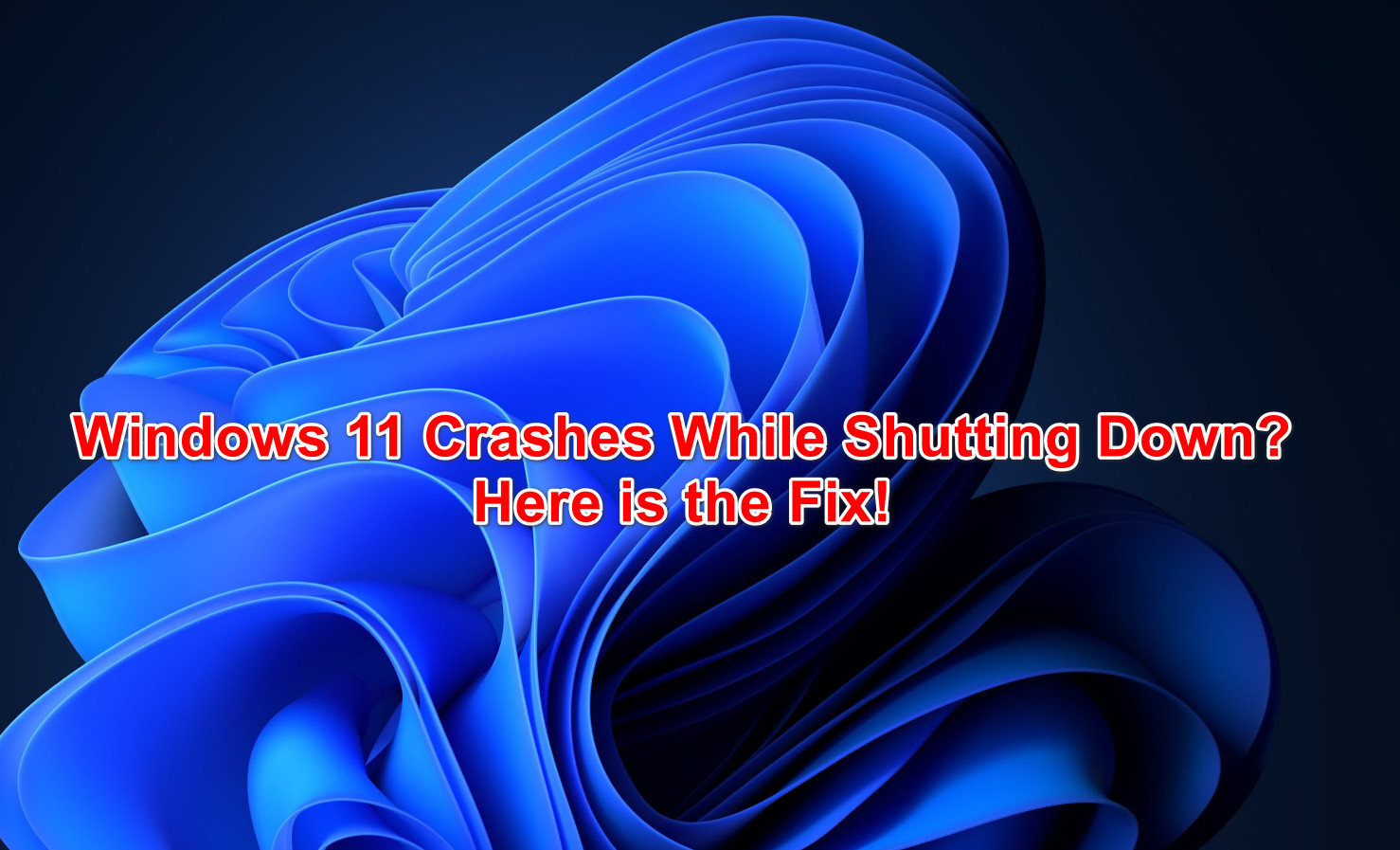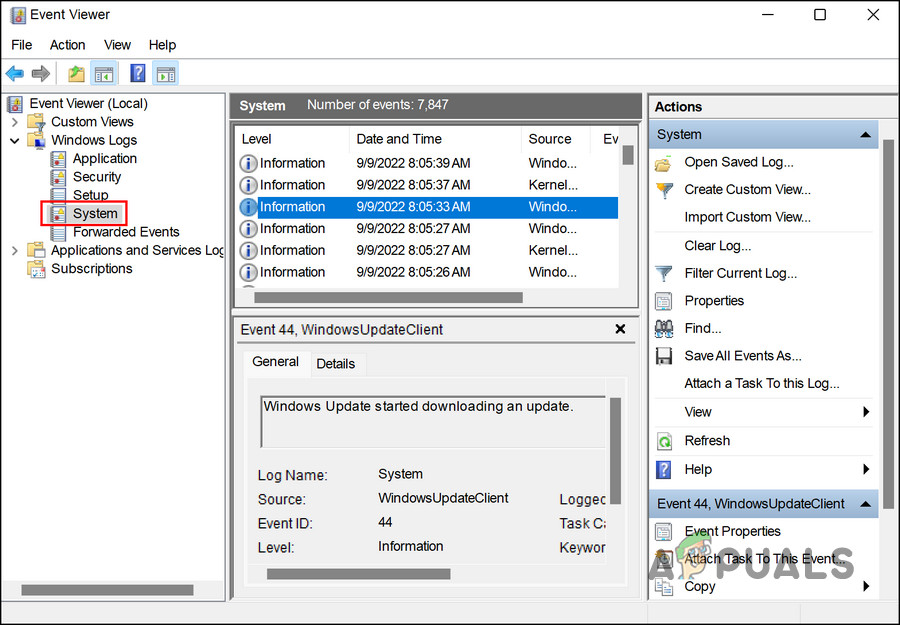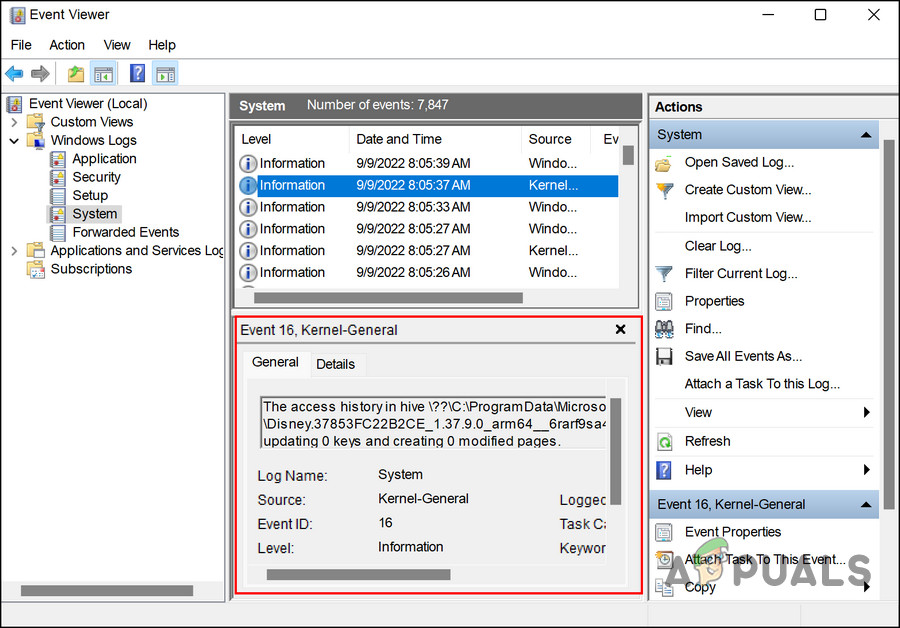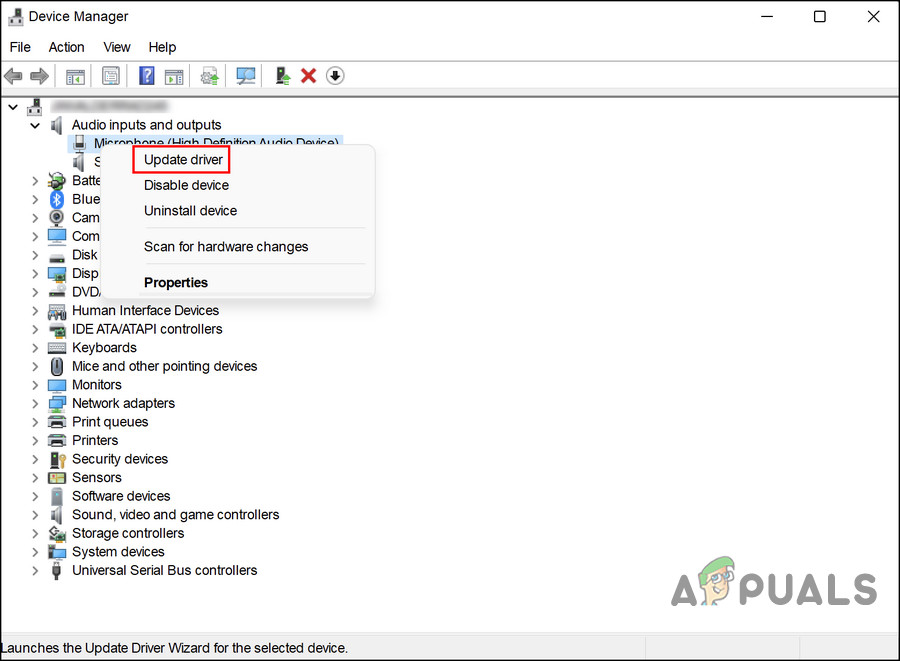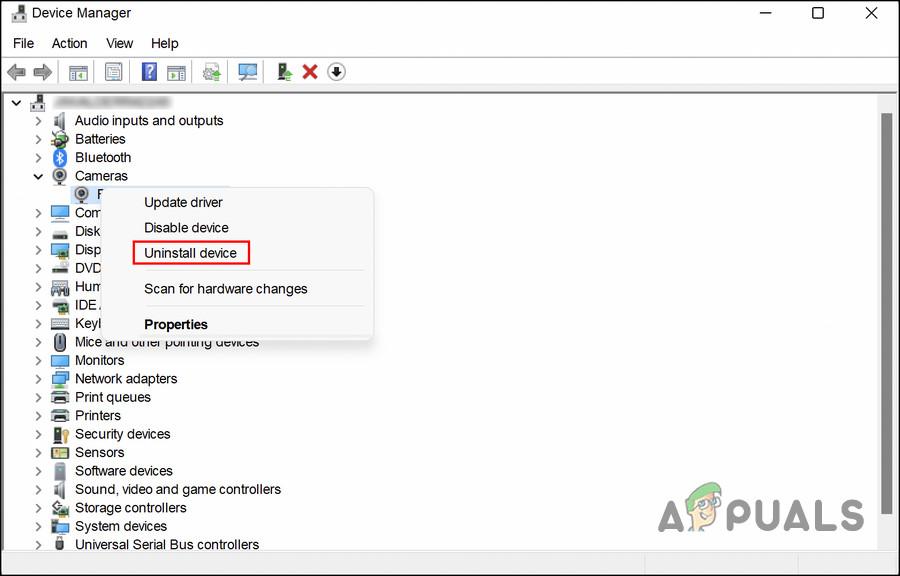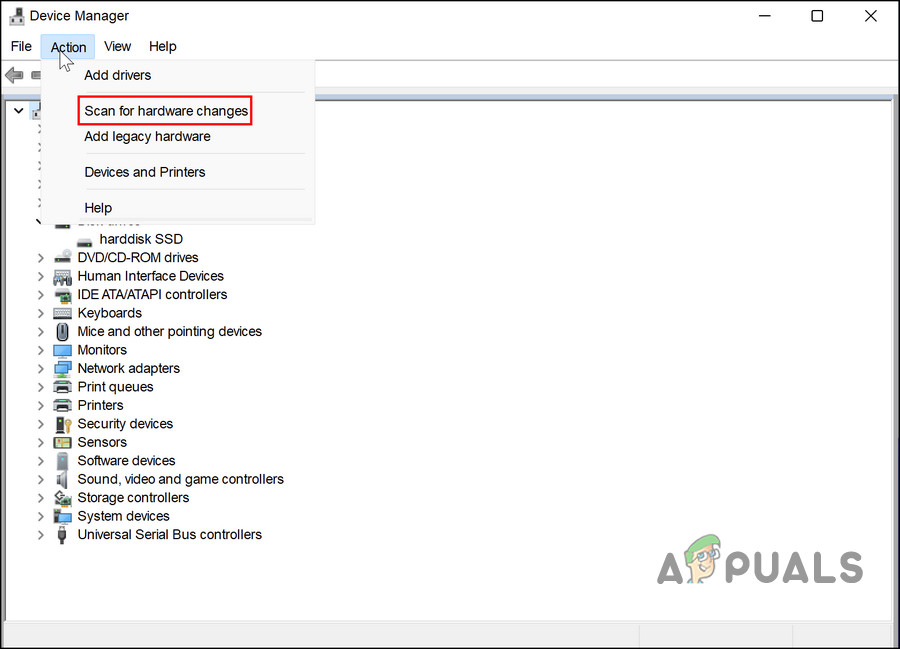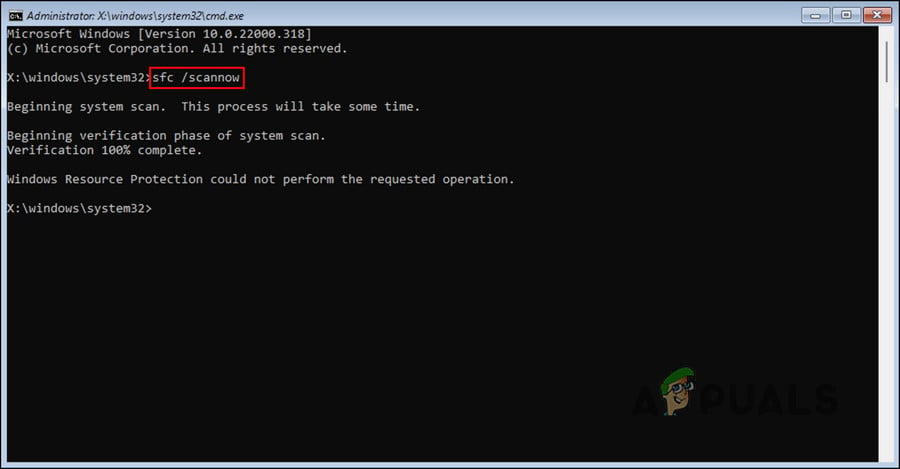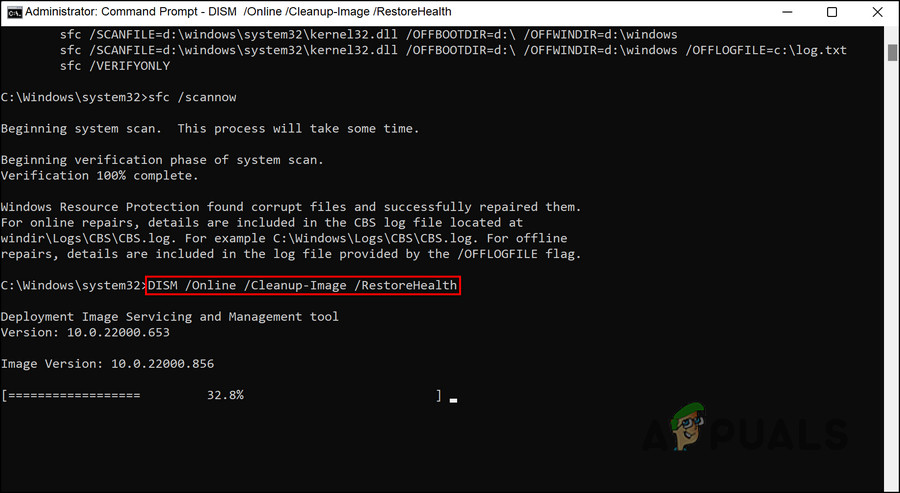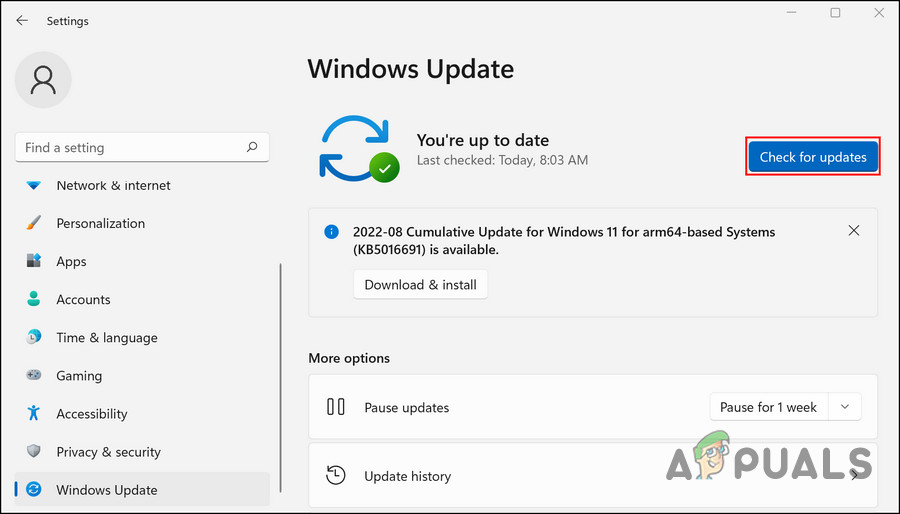Unfortunately, the crash does not display any reasons why it happened or what caused it, making it even more difficult to find a solution. It seems like an active background process causes it, but some users have also reported that it occurs even when they have disabled the background tasks before performing the shutdown. Our team had a look into the issue and discovered that it can be caused due to several reasons, such as:
Third-party application interference – A third-party app can be installed on the computer that interrupts the system’s shutdown process. If the issue started occurring right after you installed a new app, then there is a good chance for that app to be the culprit.Incompatible hardware – Your device may also be connected to incompatible hardware, causing the system to crash. In this case, removing all the external peripherals may help.Outdated drivers – The relevant drivers on your system may be outdated or corrupt, which causes them to fail to function properly when the system shuts down. Updating the drivers or reinstalling them from scratch may help in this case.Corrupt system files – One or more critical system files may be dealing with inconsistency or a corruption error, resulting in the error at hand. If this scenario is applicable, you can use the built-in system troubleshooters like SFC and DISM via Command Prompt to resolve the issue.
Now that we know the potential causes behind the crash issue let’s look at the troubleshooting methods that will hopefully fix the issue.
1. Identify the Cause
Before we move on to the troubleshooting steps, we recommend you check the Event Viewer’s crash log, which will give you details about why the error occurred. Once you find this information, you can proceed with the most relevant troubleshooting method below. Here is how you can pinpoint the issue using the Event Viewer: Read through the details to understand the crash problem, then proceed with the most relevant troubleshooting method we have listed in this guide.
2. Remove External Devices
Before you begin, ensure you have no USB peripherals connected to your PC. While attempting to use the system, you may encounter issues if your hardware devices are corrupt. Once all peripherals have been removed, wait a few minutes to see if anything has changed. Continue with the next method if that doesn’t work.
3. Update Hardware Drivers
You also might be facing a crash due to a driver problem. The issue is typically related to the hardware drivers in this specific case. To begin with, we will show you how to update your Windows computer’s hardware drivers. We will have to reinstall the driver from scratch if that does not resolve the issue. Before you begin, you should know that if the issue started after installing a driver update, it may have something to do with the update itself. If that’s the case, check out our other post for instructions on uninstalling a driver update. Here is how you can update your camera driver: Perform the same steps for other hardware drivers installed in the system. If the problem persists, here is how you can reinstall the driver:
4. Run the SFC and DISM Scans
Generic corruption errors are another cause of crashes like the one at hand. Fortunately, fixing them is simple. Microsoft has packed Windows with a bunch of troubleshooting utilities which you can run through the Settings app or the Command Prompt. The two utilities we will use in the case of this error are SFC and DISM. Both these tools are run via cmd and scan the system for potential errors. Ensure you are logged into your system as an administrator for this method. Follow these steps to proceed:
5. Update Windows
Another fix for users for this crash was updating their systems to the latest build available. If you are running an outdated operating system, you might be encountering the problem at hand due to incompatibility issues. In this case, the best way to proceed is by installing the latest available updates. Follow these steps to proceed:
6. Perform a Clean Boot
Another common reason behind this issue is the interference of third-party applications with the system’s processes. In this scenario, we first recommend you uninstall any recently installed applications that you think might be the culprit. If you do not want to uninstall the app, you can run your PC in a clean boot state to identify the culprit. This state launches the system with only the basic drivers and programs. If, after launching the system in a clean boot state, you do not face the error again, it means that a background process is indeed the culprit. Here is how you can perform a Clean Boot in Windows. This method should identify and eliminate the culprit if a third-party app is causing the problem.
Fix: We Could not Complete the Install Because an Update Was Shutting Down on…FIX: Windows 10 Computer Not Shutting Down CompletelyFIX: Windows 10 Restarts Instead of Shutting DownWhat is Elara App and Why does it prevents Windows from Shutting Down?
